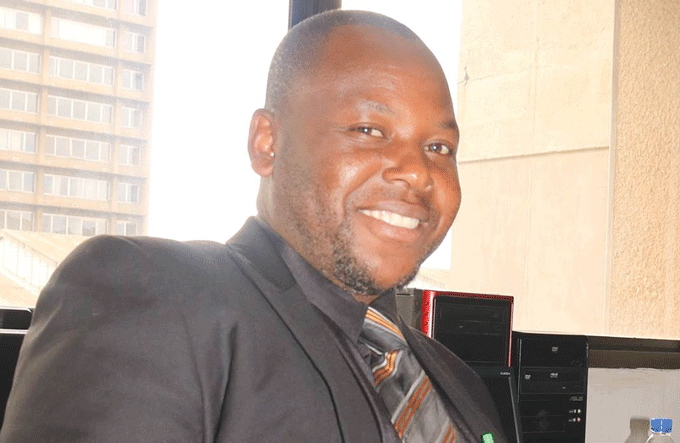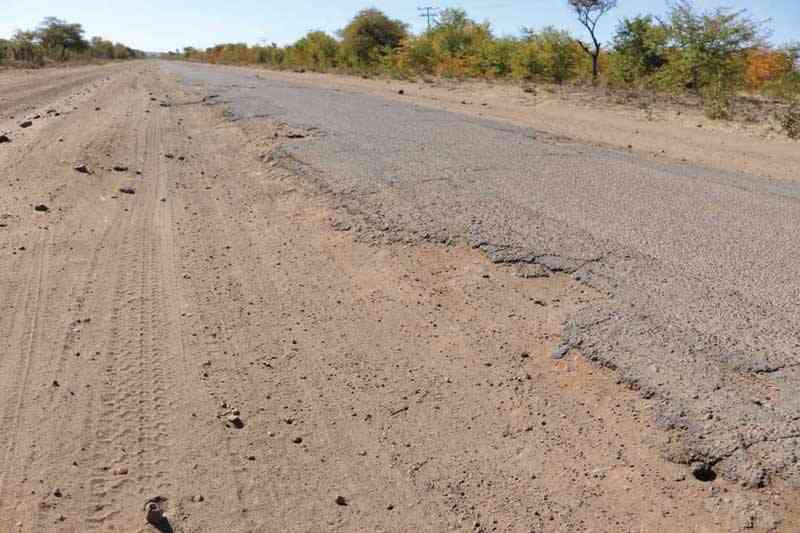
By Thomas Chidamba
NOTHING defines a country and makes it unique like its culture. Visiting art galleries, monuments, museums and experiencing living traditions or trying indigenous cuisines are without doubt the best guides to discovering a country. This is precisely what makes cultural tourism fascinating.
Zimbabwe is gifted with an exclusive amalgamation of natural and cultural heritages, impressive scenery, suitable climate, rich flora and fauna and a diverse range of archaeological sites. Its mountains and water bodies offer many fascinating experiences. The largest precolonial city in sub-Saharan Africa, the Great Zimbabwe World Heritage Site, is located in Masvingo, Zimbabwe.
In addition to this, Zimbabwe has five sites on the prestigious World Heritage Sites list which include Mana Pools, Khami Ruins National Monument, Great Zimbabwe Ruins, Mosi-oa-Tunya/Victoria Falls and Matobo Cultural Landscape.
Cultural tourism
According to the United Nations World Tourism Organisation, cultural tourism refers to “movements of persons for essentially cultural motivations such as study tours, performing arts and cultural tours, travel to festivals and other cultural events, visits to sites and monuments, travel to study nature, folklore or art and pilgrimages.”
This type of tourism is the fastest-growing segment of the tourism industry since many visitors want to experience and consume the tangible and intangible cultural products and attractions in a tourism destination. This trend is evident in the rise in the volume of tourists who seek adventure, culture, history, archaeology and interaction with local people.
Cultural tourism has largely been viewed as the panacea for economic recovery. Hence, creating a plan to attract cultural tourists can help to define the country as a cultural and artistic destination since tourists are constantly looking for authentic cultural experiences.
- Chamisa under fire over US$120K donation
- Mavhunga puts DeMbare into Chibuku quarterfinals
- Pension funds bet on Cabora Bassa oilfields
- Councils defy govt fire tender directive
Keep Reading
Benefits of cultural tourism
Cultural tourism is important for various reasons as it has positive economic and social impacts. It establishes and reinforces identity, helps preserve the cultural heritage, with culture as an instrument that facilitates harmony and understanding among people, supports culture and helps to renew tourism.
Also, cultural tourism provides a platform for the conservation of cultural and artistic heritage, local prosperity for non-traditional tourist destinations and the establishment of links between different cultures. Thus, cultural tourism is not only concerned with the identification, management and protection of the heritage values but is also involved in communities’ sustainable development, achieving economic and social benefits by providing financial resources for protection and accurate interpretation of cultural resources.
The physical objects of culture give us a better understanding and appreciation for the complex lives of the people who interacted with those objects. They also provide us with insight into the non-material culture, which includes the ideas, beliefs, habits and values of a people.
There is a huge market for contemporary, historical, collectable and facsimile royal souvenirs and memorabilia of variable aesthetic quality, appeal and a vast range of products exist to cater for this demand.
Role of traditional leaders
Many assume that the role of traditional leaders is to allocate land and intervene in community feuds. Elsewhere, monarchies around the world play a significant role in tourism development. For example, royal families in Europe play a considerable role in promoting tourism in their countries.
At independence in 1980, traditional leaders were incorporated into government structures so that they could play a meaningful role in the development of the country as the custodians of our culture.
The status and role of traditional leaders was further recognised in Chapter 15, Section 282 of the Constitution which provides that: “Traditional leaders have the following functions within their areas of jurisdiction a) to promote and uphold cultural values of their communities and, in particular, to promote sound family values; b) to take measures to preserve the culture, traditions, history and heritage of their communities, including sacred shrines and right to culture c) to facilitate development; d) in accordance with an Act of Parliament, to administer communal land and to protect the environment; e) to resolve disputes among people in their communities in accordance with customary law, and f) to exercise any other functions conferred or imposed on them by an Act of Parliament”.
As custodians of communal land, traditional leaders have a huge role to play in local economic development and improve the lives of their subjects. Traditional leaders have a role to play in rural renaissance and regeneration.
This role includes assisting with a co-ordinated approach to integrated land use planning and development, facilitating access to communal land for tourism purposes, the development of authentic cultural and heritage tourism products and the development of rural tourism precincts.
Traditional leaders are closer to the people and can be central in driving cultural tourism in areas of their jurisdiction.
With the change of community lifestyle from that of being traditionalists to Western lifestyle, traditional leadership should actively preserve traditions for economic development for the benefit of their subjects.
It is no doubt that there are cultural assets in the rural areas that traditional leaders are not taking advantage of because they feel that traditions must be preserved rather than be turned into businesses.
Role of media in promoting cultural tourism
It is no doubt that cultural tourism has the potential to grow in the region. However, information should be readily available. The cultural attractions should be more organised, offer more information and enhance the cultural experience.
Since the turn of the new millennium when Zimbabwe embarked on the fast-track land reform programme, the country suffered a lot of negative publicity, even though the country boasts diverse culture, ancient heritage, fascinating natural attractions and is endowed with a rich history that can serve as a tool to change the image of the country.
The country’s predominant image in the international media remains one of gross human rights violations which makes it an unsafe tourist destination.
Therefore, to change this distorted image in the international arena, the country should use its enormous cultural heritage resources to promote and accelerate a change in perception and engender positive publicity.
The media plays an important role in cultural promotion and preservation at all levels. Cultural promotion entails that the media transmit and showcase the cultural heritage of a people to others such that those who are not aware of it become fully aware and also acquaint the incoming generation with their culture. Most cultures have either gone into extinction or are moving towards extinction as a result of non-transmission to incoming generations.
- Thomas Chidamba is a journalist and a qualified archaeologist based in Harare. He writes here in his personal capacity. He can be reached on [email protected]











